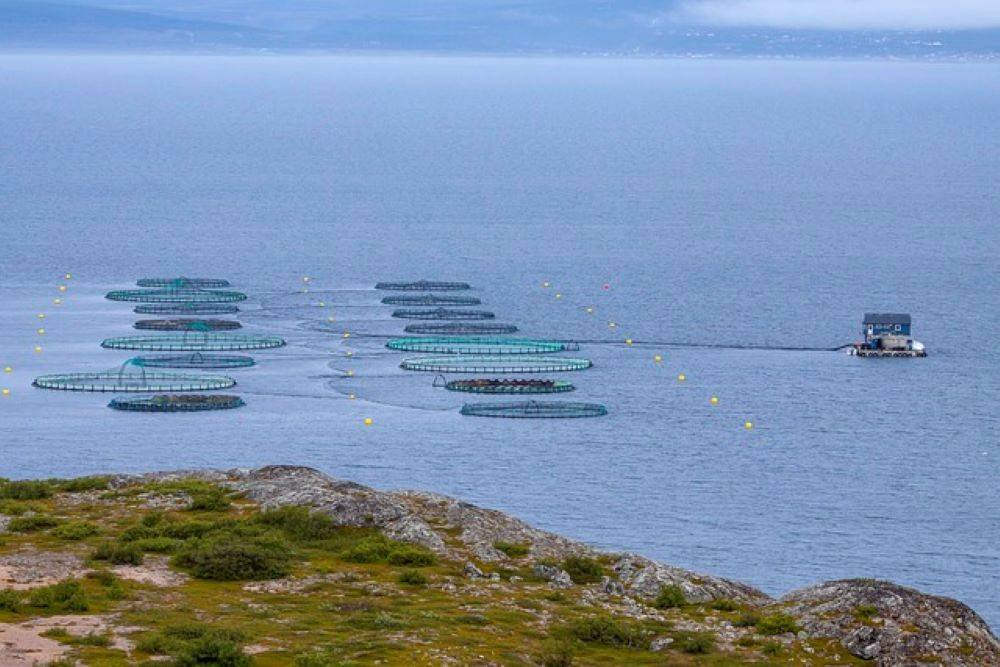
A groundbreaking study has shed light on the susceptibility of the world's largest aquatic food producers to human-induced environmental change. The comprehensive research, titled "Vulnerability of Blue Foods to Human-induced Environmental Change," examined the risks faced by global food production in capture fisheries and aquaculture.
It also ranked countries based on their exposure to key stressors. The study, published in Nature Sustainability, is part of the Blue Food Assessment (BFA), a global effort to promote aquatic food sustainability. The study's findings were striking, revealing that over 90% of global blue food production is significantly threatened by environmental change. Countries in Asia, Latin America, and Africa, which possess the lowest capacity for adaptation, emerged as the highest-risk regions. Surprisingly, even leading blue food producers such as Norway, China, and the United States face substantial threats to their production systems.
Ling Cao, co-lead author and professor at the State Key Laboratory of Marine Environmental Science at Xiamen University, remarked that they had only scratched the surface in their understanding of how environmental stressors are connected and how they can negatively impact blue food production. Cao emphasized that comprehending the complexity of these stressors and their cascading impacts is crucial for developing successful adaptation and mitigation strategies.
The research identified 17 stressors affecting blue food production, including algal blooms, sea level rise, changing temperatures, and pesticide exposure. Stressors, it noted, transcend national borders, being transported by air, water, species, and humans, thereby linking land to sea and ecosystem to ecosystem.
The study emphasized the need for a more nuanced understanding of the factors driving environmental change. It also highlighted the urgent requirement for adaptation and mitigation strategies. Among the major threats identified were species invasion, inland eutrophication or algal blooms, ocean warming, and sea level rise. In the United States, both freshwater and marine fisheries faced disproportionately high risks. China's freshwater aquaculture, as the largest producer, was exposed to inland eutrophication and severe weather events.
The report underscored the necessity of paying special attention to countries with high exposure to environmental change but inadequate adaptation capacity. Bangladesh, Eswatini, Guatemala, Honduras, and Uganda were specifically mentioned as nations deserving focused efforts. Furthermore, the study found that climate-related stressors, such as rising temperatures and acidification, posed a greater risk to marine fisheries, while aquaculture was more susceptible to diseases and hypoxia.
The study's recommendations called for enhanced transboundary collaboration and adaptation strategies that acknowledge the interconnectedness of ecosystems supporting blue food production. Additionally, the authors emphasized the importance of diversifying production in high-risk countries unless effective mitigation and adaptation measures were adopted. Stakeholder engagement was identified as crucial for understanding, monitoring, and alleviating pressures on blue food production systems.
The authors stressed the significance of indigenous knowledge, particularly in the planning and implementation of strategies for artisanal fisheries and heavily marine fisheries-dependent nations, such as Small Island Developing States (SIDS).
















